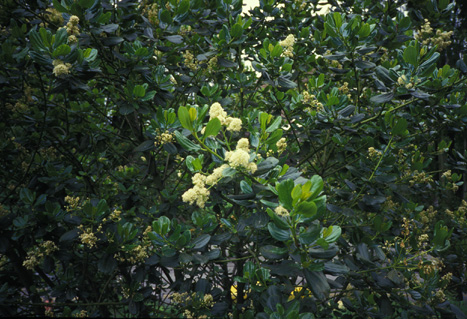
|
Seward Park
|
| If Seattle, or in any case your particular locale, leaves you longing
for woodland, for wild nature, for old growth forest and a strong sense
of solitude, then visit Seward Park. It harbors Seattle's largest forest,
including much old growth. Seward Park is the peninsula in southeast
Seattle opposite Mercer Island. Glance at a map and it is obvious, a
prominent green thumb. The whole place is about 278 acres, most of it wooded.
It was named after William Henry Seward (1801 - 1872), the
statesman credited for convincing the U.S. to buy Alaska from Russia in 1867. |
| As with Alaska, there are many attractions in Seward Park. It
might well be likened to a miniature national forest, being a large,
multiuse facility. You can go swimming or boating, work at the art studio, visit
the fish hatchery, picnic, play tennis, romp on spacious lawns, bicycle
around the 2.5 mile perimeter road (closed to cars), or --and this is why the
park is so special-- immerse yourself in its rich forest. |
| Some Seattle wild plants which are uncommon or now
nonexistent elsewhere in the city are found here: poison oak (a viney shrub, for
the eyes only), Oregon white oak (the same picturesque oak as on the
San Juans and Tacoma prairies), blueberry elder, two
Ceanothus species (PHOTO ABOVE), and wildflowers such as fairy bells
(Disporum). But it is primarily its
great trees that offer a soothing, uplifting experience. These include old
growth maples, mossy and burly; cedars, some hollowed by fire; firs of
stupendous height; hemlocks thriving in the shadiest places; yews and
madronas with their peely red bark. Many are hundreds of years old. The
tallest native cherry tree is more than 100 feet, near Douglas firs whose
first branches are not even that low! You can easily find restful solitude
in these woods. Only the muffled roar of overhead jets or
powerboats shatter the illusion of being far off in the wilderness. |
The plant and animal life is beguiling even if you don't know the
names of all these beings; even if you just stroll dreamily around the edge of
the park, avoiding the forested heart. Plenty of wildflowers enliven
the scenery right now. If you visit, do allow at least 3 or 4 hours, as the
park is very large.
|
(originally published in The Seattle Weekly, June 1996)
Back |
|
|

